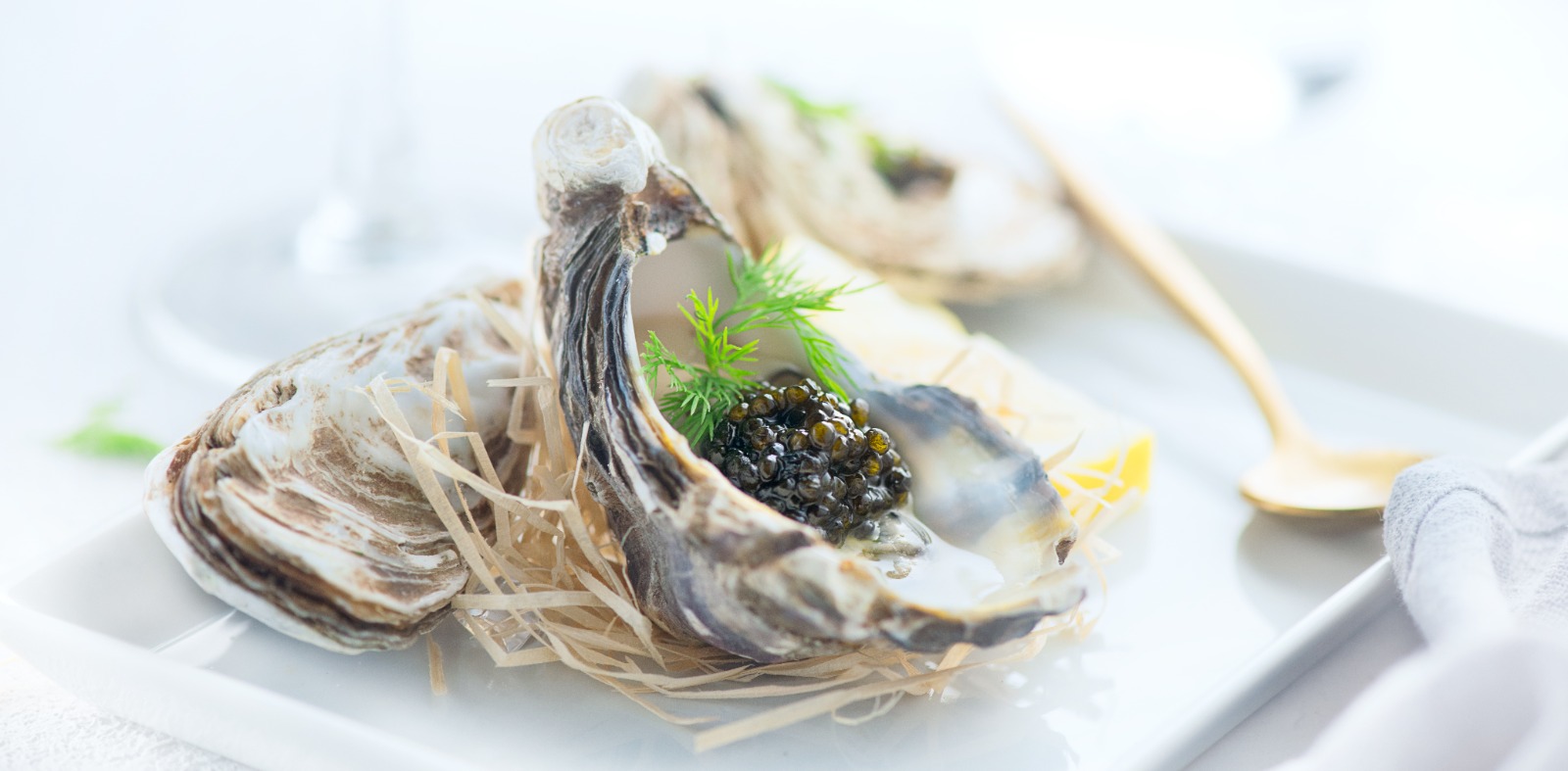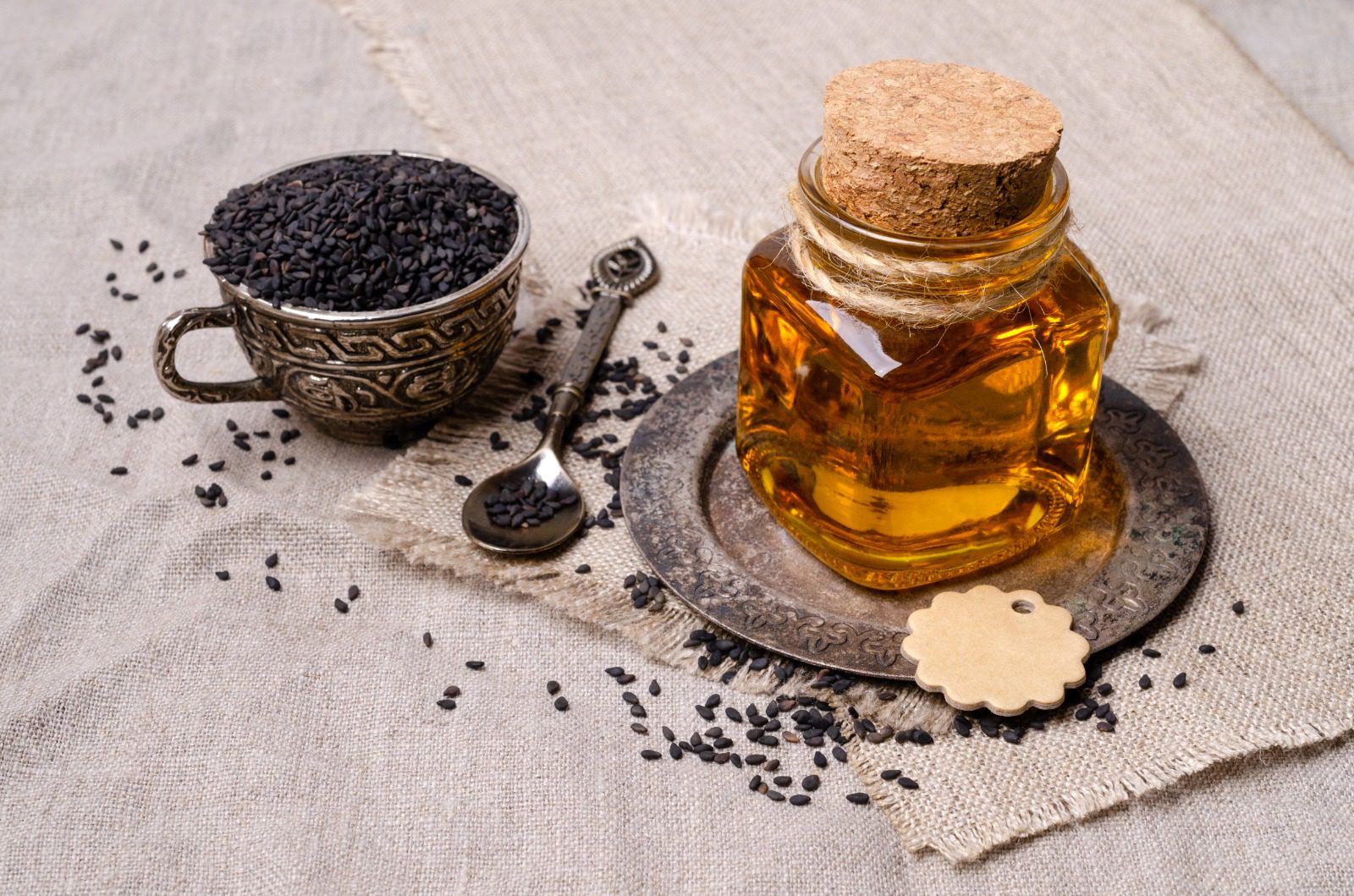From Aphrodisiacs to Culinary Delicacies: The Fascinating History and Origin of Eating Oysters

Ancient Beginnings:
The consumption of oysters dates back thousands of years, with evidence suggesting that early humans relished these marine morsels as far back as ancient times. Archaeological excavations have unearthed oyster shells in prehistoric settlements, indicating that our ancestors were well-acquainted with the sea’s bounty.
Early civilizations like the Greeks and Romans revered oysters for their medicinal properties and aphrodisiacal qualities. Oysters were prized for their savory taste and perceived ability to invigorate the body and stir passions.
Oysters in Antiquity:
In ancient Rome, oysters held a special place in culinary culture, gracing the tables of the elite and commoners. Romans relished raw and cooked oysters, often indulging in lavish feasts where these prized shellfish took center stage.
During the reign of the Roman Empire, oyster farming flourished, with aquaculture techniques developed to cultivate oysters in controlled environments. The demand for these delicacies led to the establishment of oyster beds along the coastlines of Italy and beyond, ensuring a steady supply for the voracious appetites of Roman citizens.
Medieval Oyster Craze:
The Middle Ages witnessed a resurgence of oyster consumption across Europe as these delectable shellfish became increasingly popular among the nobility and clergy. Oysters were prized for their rarity and perceived exoticism, and they were often served at extravagant banquets and royal gatherings.
In medieval Europe, oyster bars known as “oyster cellars” or “oyster saloons” emerged in bustling cities like London and Paris, catering to the burgeoning demand for fresh seafood. These establishments became social hubs where patrons would gather to savor oysters and partake in lively conversation.
Oysters in the New World:
With the Age of Exploration came the discovery of new oyster-rich territories, particularly in the Americas. Native American tribes along the Eastern seaboard had long been harvesting oysters for sustenance, using them as a valuable food source.
European explorers and settlers quickly adopted the indigenous peoples’ culinary customs, incorporating oysters into their diets and culinary traditions. Oyster harvesting and trade flourished in colonial America, with oyster beds abundant along the Atlantic coast.
Modern Oyster Culture:
Today, oysters hold a revered place in the culinary landscape, revered for their delicate flavor and culinary versatility. From decadent raw oyster bars to gourmet preparations in Michelin-starred restaurants, these briny bivalves remain a cherished indulgence for epicureans worldwide.
Aquaculture and sustainable oyster farming advancements have made these delectable shellfish more accessible, ensuring a steady supply for gastronomic enthusiasts. Oyster festivals and tastings celebrate the diversity of flavors and varieties, showcasing the culinary artistry inspired by these ocean treasures.


© Photo by Tatiana Syrikova from Pexels

Involve the children in the process as well

Child Friendly, toxic-free cleaner. Shop now
Embracing the Oyster Lifestyle: A Journey of Health, Indulgence, and Sustainability
Savoring the Culinary Delights:
Cultivating Health and Vitality:
Embracing Sustainability:
Connecting with Community and Culture:
The oyster lifestyle is about the food, culture, and community surrounding it. Whether gathered at a bustling oyster bar, attending a seafood festival, or sharing a platter with friends and family, enjoying oysters fosters connections and camaraderie. Embracing the oyster lifestyle means embracing the rich tapestry of traditions, stories, and rituals woven around these revered shellfish for centuries.
Incorporating the oyster lifestyle into your daily routine is more than just a dietary choice—it celebrates flavor, health, sustainability, and community. By savoring the culinary delights of oysters, cultivating health and vitality, supporting sustainable aquaculture practices, and connecting with others through shared experiences, you can embark on a journey that nourishes both body and soul. So, raise a shell to the oyster lifestyle and discover the joy of living deliciously, sustainably, and with a zest for life.

“
A clean learning space will help facilitate your kids’ learning abilities. Following these methods will certainly help make your kid’s learning space better and cleaner.
Exploring the Remarkable Health Benefits of Oysters
Rich Source of Nutrients:
Boosting Immune Function:
Heart Health Benefits:
Enhanced Brain Function:
Boosting Energy Levels:
Aiding in Weight Management:
Improving Bone Health:
Oysters are a good source of calcium, phosphorus, and vitamin D, essential for maintaining strong and healthy bones. Adequate intake of these nutrients is crucial for bone formation, density, and overall skeletal health. Including oysters in your diet can reduce the risk of osteoporosis and bone fractures, particularly as you age.
Oysters are a delectable indulgence and a nutritional powerhouse, offering various health benefits that promote overall well-being. From supporting immune function and heart health to enhancing brain function and aiding in weight management, the nutrients found in oysters play a vital role in various aspects of health. Whether enjoyed raw on the half shell or incorporated into flavorful dishes, adding oysters to your diet can be a delicious way to nourish your body and enrich your health.

Indulge in Oceanic Delight: A Guide to Preparing and Enjoying Oysters
Selecting Fresh Oysters:
Cleaning and Shucking Oysters:
Classic Raw Oysters:
Oysters Rockefeller:
Oyster Po' Boys:
Grilled Oysters with Garlic Butter:
Grilled oysters with garlic butter offer a smoky twist on this beloved seafood delicacy. Prepare a compound butter by combining softened butter with minced garlic, chopped parsley, lemon zest, and a pinch of cayenne pepper. Spoon the garlic butter onto freshly shucked oysters, then grill until the butter bubbles and the oysters are cooked. Serve hot, accompanied by crusty bread, to soak up the flavorful juices.
With their versatility and irresistible flavor, oysters offer endless culinary possibilities for seafood lovers. Whether enjoyed raw on the half shell or prepared in mouthwatering dishes, oysters delight the senses and transport diners to coastal shores with each salty bite. So, don your apron, sharpen your knife, and embark on a gastronomic adventure with these oceanic treasures.

Unveiling the Allure of Oysters: A Comprehensive Guide
Anatomy of an Oyster:
Varieties of Oysters:
Oysters come in a diverse array of varieties, each with its own distinct flavor profile and characteristics. Some of the most popular oyster species include:
1. Pacific Oysters (Crassostrea gigas): Known for their plump meat and sweet, mildly salty flavor, they are cultivated in the Pacific Northwest and other regions worldwide.
2. Eastern Oysters (Crassostrea virginica): Native to the Atlantic coast of North America, Eastern oysters are prized for their firm texture and balanced flavor, with hints of sweetness and salinity.
3. Kumamoto Oysters (Crassostrea sikamea): Originally from Japan, Kumamoto oysters are small in size but pack a punch of flavor, with a rich, buttery taste and a hint of sweetness.
4. European Flat Oysters (Ostrea edulis): Also known as Belon or Belon oysters, European flat oysters are prized for their intense brininess and mineral-rich flavor, with a crisp, firm texture.
Health Benefits of Oysters:
Beyond their culinary allure, oysters offer many health benefits thanks to their nutrient-rich composition. Some of the key health benefits of oysters include:
1. Rich in Essential Nutrients: Oysters are an excellent source of protein, vitamins, and minerals, including zinc, iron, calcium, vitamin B12, and omega-3 fatty acids.
2. Boosting Immune Function: Oysters’ high zinc content supports immune function, helping to ward off infections and illnesses.
3. Heart Health: Oysters are low in fat and cholesterol and contain omega-3 fatty acids, which support cardiovascular health by reducing inflammation and lowering blood pressure.
4. Brain Function: The omega-3 fatty acids found in oysters are essential for brain health, supporting cognitive function and reducing the risk of neurodegenerative diseases.
Culinary Uses of Oysters:
Oysters are prized for their culinary versatility and can be enjoyed in various ways. Some popular methods of preparing and serving oysters include:
1. Raw on the Half Shell: Enjoying oysters raw on the half shell is a classic and elegant way to savor their fresh, salty flavor. Serve with lemon wedges, cocktail sauce, mignonette sauce, or hot sauce for added zing.
2. Oyster Rockefeller: This decadent dish features oysters topped with a rich mixture of spinach, herbs, breadcrumbs, and butter, then baked until golden and bubbling.
3. Oyster Po’ Boys: Originating from Louisiana, oyster po’ boys are hearty sandwiches made with fried oysters, lettuce, tomato, and remoulade sauce, served on crusty French bread.
4. Grilled Oysters: Grilled oysters enhance their natural flavors and add a smoky dimension to their taste. Serve grilled oysters with garlic butter, herb butter, or a squeeze of fresh lemon juice for a simple yet delicious treat.
From their irresistible taste and nutrient-packed composition to their culinary versatility and cultural significance, oysters are truly a sea treasure. Whether enjoyed raw on the half shell or prepared in a gourmet dish, oysters offer a culinary experience that is as diverse as it is delightful. So, the next time you find yourself craving a taste of the ocean’s bounty, indulge in the allure of oysters and embark on a gastronomic adventure like no other.
Recommended from Shop
A clean learning space will help facilitate your kids’ learning abilities. Following these methods will certainly help make your kid’s learning space better and cleaner.
Next Articles

Exploring the Nuances of Bioengineering: Balancing Promise with Peril
Bioengineering, a field of immense potential and unprecedented challenges, is a testament to the awe-inspiring power of science and technology.

Lavender, Nature’s Timeless Treasure; Exploring the Benefits of Lavender
Lavender, scientifically known as Lavandula, is a Lamiaceae family herb, including mint, sage, and rosemary.

Harnessing the Power of Sage: Exploring Its Benefits Beyond the Culinary Realm
Sage, a plant steeped in a rich history spanning centuries, is a culinary herb and a versatile botanical treasure.

The Ancient Marvel: Exploring the Fascinating History and Origins of Chia Seeds and A Nutritional Marvel
Chia seeds, the tiny nutritional powerhouses that have taken the modern health food scene by storm, have a rich history that spans centuries.

From Ancient Origins to Modern Superfood: A Fascinating Journey through the History of Avocado
Avocado, the beloved green fruit that has captured the hearts and taste buds of millions worldwide, boasts a rich and storied history that spans millennia.

Unveiling the Mystique of Black Seed: A Journey through History, use, and Origins
In natural remedies, few things hold as much mystique and historical significance as the black seed.

Exploring the Rich Tapestry of Pomegranate: A Fruit of Myth, History, and Health
In the realm of fruits, few possess the mystique and allure of the pomegranate. With its ruby-red seeds glistening like precious gems within its leathery skin, the pomegranate has captivated cultures for millennia.

Unveiling the Power of Intermittent Fasting: A Path to Health and Vitality
In a world where fad diets come and go like seasonal trends, intermittent fasting is a time-tested approach to weight management and overall health optimization.

Unlocking the Potential of Keto: A Comprehensive Guide
In health and wellness, diets come and go like the changing seasons. But amidst the flurry of trends, one dietary approach has stood the test of time and science:
instagram:
Error: No feed found.
Please go to the Instagram Feed settings page to create a feed.


Great tips! I’ve just discovered your Youtube channel, and I love it! Thanks for sharing your content and the day and life of a designer.
Thanks so much for the tips both in the blog and on your YouTube channel. As a new Interior Design student, I find them to be incredibly helpful, interesting, and inspirational. Keep up the great work!
I love reading your blogs and watching your video. I am really impressed by the way you are doing business and I am just inspired by it!